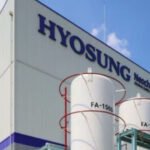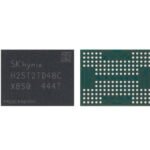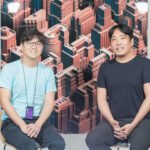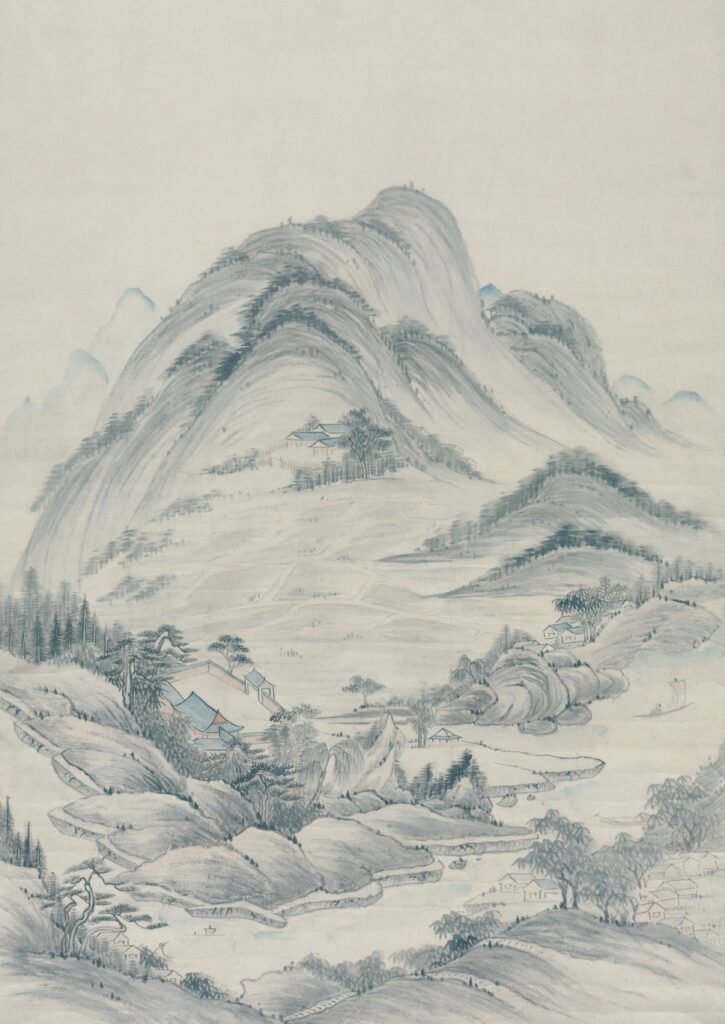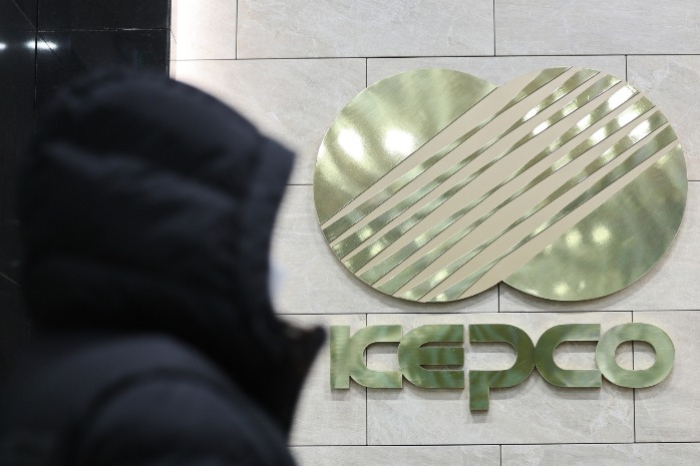
Korea Electric Power Corp. (KEPCO) announced on Thursday that it was selected as the final successful bidder to build and operate two 1.9GW combined cycle gas power plants in Saudi Arabia.
The projects, Ruma 1 and Nairiyah 1 will each require an investment of 2.8 trillion won ($2.0 billion) and are scheduled to begin operations by 2028.
The generated power will be sold to the Saudi Power Procurement Company (SPPC) under a 25-year agreement.
In partnership with Saudi Electricity Co. (SEC) and ACWA Power, Saudi Arabia’s largest independent power producer, KEPCO expects the deal to generate 4 trillion won ($3 billion) in overseas revenue during its operational period.
South Korea’s Doosan Enerbility will manage construction and contribute an additional 2 trillion won ($1.5 billion) in export benefits.
KEPCO has a strong track record in Saudi Arabia, where it has operated the Rabigh heavy oil-fired power plant since 2009.
In 2022, the company secured a bid to build a 317MW cogeneration plant for Saudi Aramco, which is currently under construction.
KEPCO has also expanded its portfolio recently, winning the Saudi Round 5 Sadawi solar power project from SPPC and an energy storage system (ESS) a linked solar project commissioned by Guam Power Authority in the US.
By Jung-hwan Hwang
jung@hankyung.com


